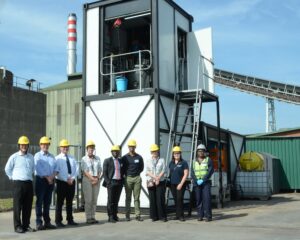
Deciduous fruit is comprised of pome fruit and stone fruit.
Also included in the deciduous fruit category are grapes (see “Table grapes“), quinces, cherries, Persimmons, pomegranates (see the “Berries and exotic fruit” page) and figs.
Further reference:
Deciduous fruit contributes the following to South Africa’s fruit exported: pome fruit (16%), table grapes (16%), and stone fruit (6%). Berries are also classified as exotic fruit, which makes up 3% of fruit exported by South Africa (FPEF, 2024).
Pome fruit:
Stone fruit:
The annual Fresh Fruit Exporter Directory by the Fresh Produce Exporters’ Forum (FPEF), and the Food Trade SA publication from Perishable Products Export Control Board (PPECB) give trade statistics for the different fruit sectors. Download these at https://fpef.co.za and https://ppecb.com/documents respectively.
Deciduous fruit is grown mainly in the Western Cape and in the Langkloof Valley of the Eastern Cape. Smaller production areas are found elsewhere in the country, most noticeably along the Orange River and in the Free State, Mpumalanga and Gauteng. Cherries, historically grown in Ficksburg, has gone from a 166 hectare industry in 2013 to a 549 hectares one in 2021. 56% of the industry is now in Ceres (BFAP, 2022).
Challenges in this industry include:
Technical efficiency (like irrigation scheduling, orchard design, etc.) and strategic planning are important to keep farms going. Included in trends and drivers of change to be accommodated are:
Source: adapted from past BFAP Baseline Agricultural Outlooks
Further reference:
Training and research
Companies
Refer to the websites and documents mentioned earlier on this page.